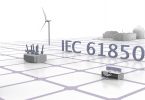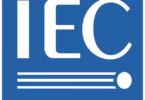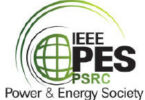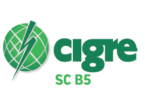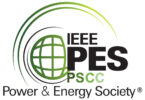Data model harmonization for Digital Twins
by Tom Berry, Schneider-Electric
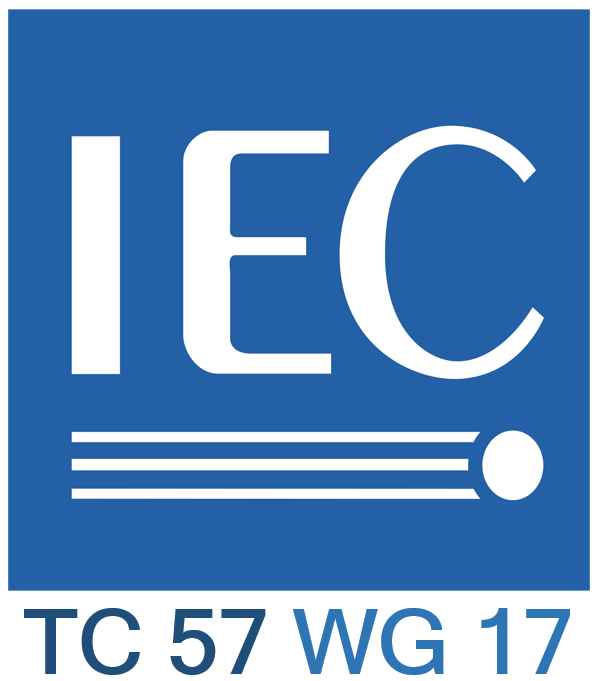
Last year an online IEC Academy workshop shared concepts of digital twins but also identified several issues that are slowing the adoption of digital twin applications in energy systems. The issues were grouped in four categories: data harmonization, tools, governance process, and information sharing. IEC System Committee for Smart Energy has created “thematic groups” for each of these categories to discuss the issues and provide a report by the end of 2025.
The groups concerned with data harmonization met in May. The data models developed by IEC TC57 for the Common Information Model (CIM) and those of IEC 61850 are recognized as a strong basis for digital twins. The challenges and examples of mapping these two models as described in IEC 62361-102 provides a starting point for the wider issue of harmonizing these and other data sources for digital twin applications.
In the case of energy systems, there is a need for two types of data: product data for the different types of equipment and system data that describes the power grid connecting the equipment.
It is becoming more widely accepted that there can be different types of digital twin for the same equipment or energy system, with differing functionality and time scales of interest. For example, during the design and construction phase, the functionality may be just the three-dimensional spatial representation of a few physical elements in a limited geographical location such as a substation or transmission line corridor.
For planning and real-time operation, people are interested in the functions of grid operations such as load and generation. The timescales may be seconds to days. For asset condition monitoring, it may be useful to have digital twins of the aging process that use data aggregated over timescales of days to years.
All these types of twins share a common need for information models for related to the types of equipment and their identity, however different types of twins will have different data needs both for the description of the equipment and for measurements of the real-world. For example, with switchgear, a simple operational model is to represent the open and closed position, whereas an ageing model needs to know more details such as the temperature, operating times and breaking currents.
One area of interest is to make better use of the definitions for equipment properties that are defined in the International Electrotechnical Vocabulary (IEV) and in numerous standards developed by technical committees dedicated to particular technologies or types of equipment, for example high-voltage switch gear. This is particularly relevant to the data for individual equipment that could be provided by manufacturer’s product type catalogues. There is a significant opportunity to improve the design and procurement processes by making this sort of data available in a machine-readable way. This would also facilitate the import of equipment parameters into the control center models defined in CIM and the automation systems defined with IEC 61850 models.
Biography:

Tom Berry studied Electrical Engineering at Bath University, UK. For the last 25 years he has worked for Schneider Electric in the UK and France.
Tom has worked on control center projects integrating SCADA systems within dispatch training simulators, transmission and distribution network management systems. He now works “closer to the edge” as a software architect for feeder automation RTUs. He is a member of several IEC TC57 WGs and the editor of IEC TS 62361-102 technical report on CIM-61850 harmonization.




